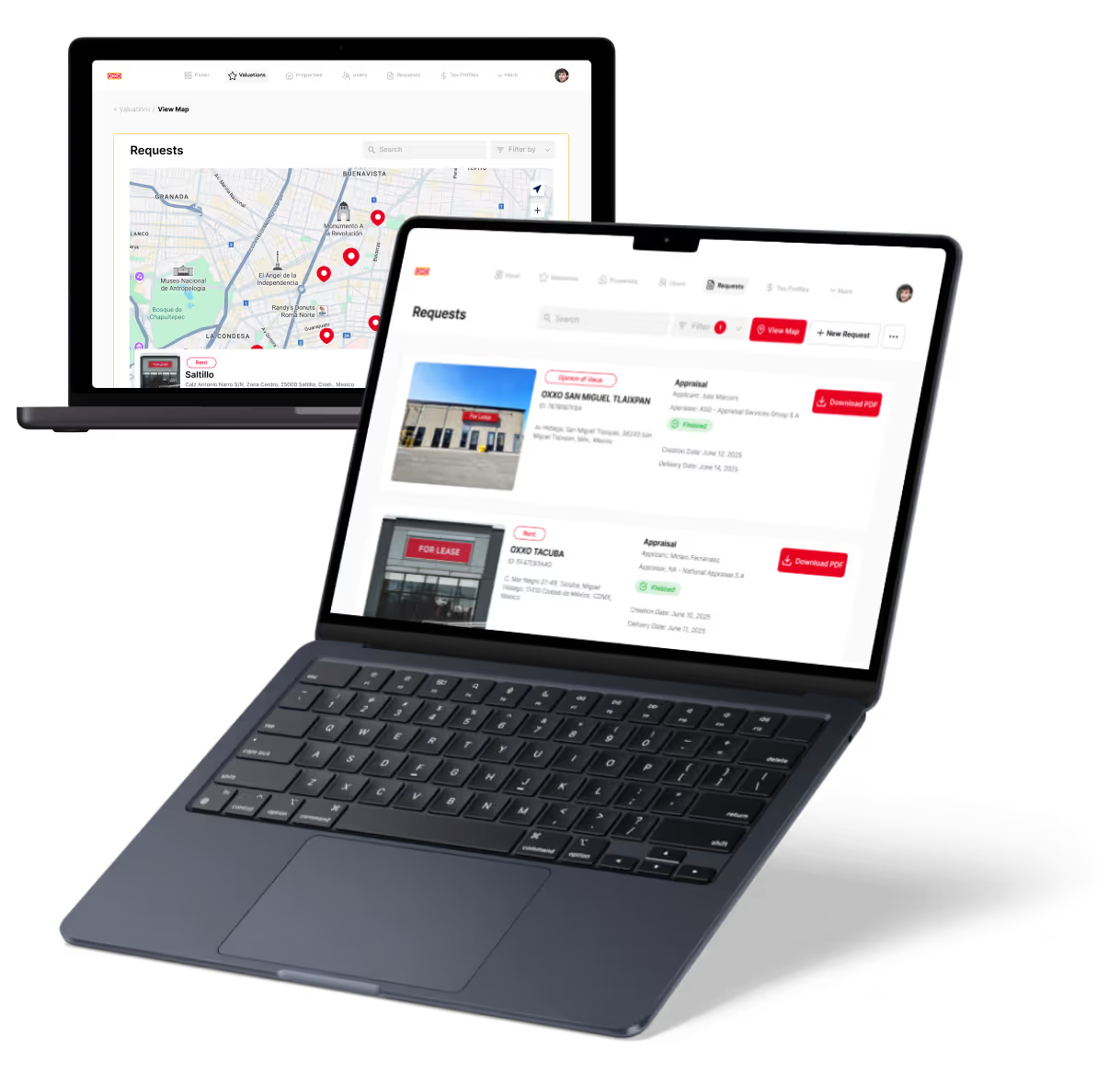Zapier vs Pabbly | 9 Factors to Decide the Best One
19 min
read
Compare Zapier vs Pabbly on pricing, features, app integrations, and ease of use. Learn which automation tool is best for your business in 2025
.avif)
Zapier is a leading no-code platform with over 8,000 app integrations and a reputation for ease of use. It’s trusted by teams at startups and enterprises alike. Pabbly Connect, on the other hand, offers a powerful alternative with unlimited tasks and lifetime pricing options. While Zapier shines in polish and scale, Pabbly attracts users with value and strong built-in features.
In this comparison, we’ll explore how each tool handles pricing, logic, integrations, support, and usability so you can decide which one fits your business best.
Quick Comparison Table - Zapier vs Pabbly
1. What’s the core difference between Zapier vs Pabbly?
The core difference between Zapier and Pabbly is how they approach pricing and user access.
Zapier is an AI orchestration tool known for its large app directory, ease of use, and smooth setup. It supports over 8,000 apps, but its pricing is based on task volume. If you have an Enterprise plan, you can get a custom quote that suits exactly the scale you need.
Pabbly Connect, on the other hand, offers unlimited workflows and tasks on its lifetime plans, making it popular among small businesses and solopreneurs. It supports fewer apps than Zapier, but still handles most major tools like Gmail, Slack, WooCommerce, and Google Sheets.
If you want maximum app coverage and premium support, Zapier is the safer choice. But if you’re cost-conscious and want unlimited automation without worrying about task limits, Pabbly gives you more value for the price.
2. Pricing and task limits
Let’s start with how both tools handle pricing and task usage.
Is Zapier expensive for high-volume workflows?
Zapier's pricing is based on the number of tasks or “runs” your workflows execute. That means the more tasks you run, the more you'll pay. But you won't pay for triggers (only actions) or for any built-in data features (e.g., Tables, Interfaces, Filter, Formatter, Paths, Delay, Looping, Sub-Zaps, Digest, Zapier Manager, Storage).
If you're at an Enterprise, you'll get a custom quote. And the total cost of ownership is often lower than competitors’ because of Zapier's ease of deployment and management.
How does Pabbly offer better value with unlimited tasks?
Pabbly offers unlimited tasks and workflows, even on its lower-tier and lifetime plans. This is one of its biggest selling points. Unlike Zapier, you don’t have to worry about how many actions your automation performs. Whether you run 100 or 10,000 tasks, the price stays the same.
This makes it ideal for high-volume workflows and teams on a budget. You also get access to all core features without needing a Pro plan. If pricing flexibility and scale are important, Pabbly gives far more value per dollar.
3. Workflow flexibility and logic depth
Next, let’s see how each tool handles conditions, filters, and advanced logic.
Does Zapier support multi-step and conditional logic?
Yes. Zapier allows multi-step workflows, which means you can link several actions in one Zap. You can also use filters, conditions, and “Paths” for branching logic. You won't pay extra for any built-in data features, either, so things like filters, formatting, delays, and paths won't cost you extra.
Zapier also supports looping and error handling.
What advanced workflow features does Pabbly offer?
Pabbly includes advanced features like routers (for branching), filters, delays, and formatters. It supports multiple conditions in one step and even offers tools like number counters, data forwarders, and time-based triggers. You can set up complex automation chains.
However, Pabbly doesn’t support true looping yet, which tools like Zapier offer. Still, for most use cases, Pabbly gives more features upfront without locking them behind paywalls. It’s a powerful choice for logic-heavy workflows without high costs.
Read more about:
4. App integrations and ecosystem
Let’s compare how many tools each platform connects with.
How many apps does Zapier support?
Zapier supports over 8,000 apps, making it the largest no-code integration platform. From Google Workspace and Slack to Shopify, HubSpot, and Airtable, Zapier likely supports whatever tool you use, including enterprise apps like NetSuite and Salesforce. It’s especially strong for connecting SaaS tools and business apps.
If you use newer or niche platforms, Zapier probably has a built-in integration already. It also supports Webhooks and a developer platform for building custom integrations. Its vast app directory is one of its strongest advantages.
Does Pabbly integrate with major SaaS tools?
Yes. Pabbly supports over 1,000 apps, covering the most popular tools like Gmail, Zoom, Mailchimp, Google Sheets, WooCommerce, and Facebook Ads. While it doesn’t match Zapier’s huge library, it covers the most-used apps for marketing, eCommerce, and business workflows.
Pabbly also lets you connect custom apps using Webhooks or API modules. For users who don’t need obscure tools or deep legacy system support, Pabbly’s app selection is more than enough. And they’re adding more regularly based on user requests.
5. Trigger frequency and scheduling
Now let’s look at how fast each tool runs your automations.
How often can Zapier run workflows?
Zapier has instant triggers, which will run the workflow immediately. For polling triggers, the frequency depends on your pricing plan. On the free plan, it checks for triggers every 15 minutes. Paid plans reduce this to 2 or even 1 minute.
If timing is key, consider this when picking a plan.
Is Pabbly better for real-time or frequent triggers?
Yes. Pabbly offers faster trigger execution on most of its plans — even the lower ones. Some triggers run instantly using Webhooks, while others check every 1 to 5 minutes. Unlike Zapier, Pabbly doesn’t limit your polling speed as tightly by plan.
It’s more consistent across all pricing levels and doesn’t slow down unless you’re on the free tier.
6. Ease of use and onboarding
Here’s how each platform feels when you’re just getting started.
Is Zapier easier for beginners to learn and use?
Yes. Zapier is well-known for its clean, simple interface. You don’t need any technical skills to build your first automation. The setup wizard guides you step-by-step, and each app integration has pre-made templates you can use right away. You can also use AI (natural language) to build your workflows.
The terminology is beginner-friendly — triggers, actions, Zaps — and the interface uses plain language. This makes it a good fit for enterprises that want to be able to deploy the platform across departments, even for non-technical employees. If you’ve never used automation or AI tools before, Zapier makes it easy to understand and use within minutes.
Does Pabbly feel overwhelming with advanced features?
Pabbly includes more logic tools on all plans, so the interface can look a bit complex for first-time users. While it’s still drag-and-drop and mostly no-code, users might need to explore the platform a bit more to get comfortable.
The learning curve is slightly steeper than Zapier's, but the trade-off is more power for free or at lower costs. It’s best for users who are ready to grow with the tool or have some prior automation experience. Pabbly offers tutorials and walkthroughs, which help reduce the learning gap.
7. Support and community resources
Let’s compare how easy it is to get help from each platform.
What kind of customer support does Zapier offer?
Zapier offers live chat and email support on all paid plans. Team users get faster response times, and Enterprise plans get dedicated SLAs and technical account managers. Zapier also has an extensive knowledge base, user forums, tutorials, and community templates. You can usually find answers without needing to contact support.
Zapier doesn't offer phone support. Zapier’s help system works well for most users, and the large community of users means you’ll find many tutorials and guides across the web (including on Zapier's blog).
Does Pabbly have responsive support and an active community?
Yes. Pabbly offers live chat and email support, and responses are generally quick. They also run a strong Facebook community where users ask questions, share workflows, and request new features. Pabbly’s knowledge base is smaller than Zapier’s but is growing steadily.
Read more about:
8. Feature value and included modules
Next, let’s look at the extras included with each platform.
Does Pabbly include unique tools like number counters or data forwarder?
Yes. Pabbly includes several useful built-in features like number counters, delay timers, data forwarders, and date-time formatters. These features let you do more inside the platform without relying on third-party apps.
For example, you can count form submissions, reformat dates, or delay actions without needing extra logic. These tools are available on all paid plans and even in lifetime access deals. It’s especially helpful for users managing lead scoring, time-based campaigns, or custom logic.
Are Zapier’s premium features locked behind paywalls?
Yes. Many of Zapier’s advanced features like multi-step Zaps, filters, Paths, and auto-retry—are only available on paid plans. But Zapier's built in database and interface builder are included (unlimited Interfaces and Tables) on every plan, including the free plan. While Zapier offers a polished experience, most of its flexibility comes at higher tiers.
9. Final verdict – Zapier or Pabbly?
Here’s how to pick the right tool based on your automation goals.
When to choose Zapier for automation
Zapier is the best fit if you want the widest app support, a polished user experience, and easy setup. It’s ideal for businesses of all sizes that want to scale automation and AI across the organization. With extra features like Tables, Interfaces, MCP, Chatbots, and Agents, Zapier has all the tools a business needs for complete workflow orchestration.
When to choose Pabbly for your workflows
Choose Pabbly if you want powerful automation without task limits. It’s great for freelancers, agencies, and businesses that need to run thousands of workflows every day. You get access to advanced features like filters, routers, and formatters — without needing a premium plan.
It supports key apps and offers lifetime pricing, which makes it a budget-friendly alternative to Zapier. While it has a small learning curve, it pays off in flexibility and cost savings. If you need scale and control on a budget, Pabbly wins.
Created on
July 3, 2025
. Last updated on
November 10, 2025
.

FAQs
Is Pabbly really unlimited?
Which is easier for beginners—Zapier or Pabbly?
Does Pabbly support as many apps as Zapier?
Can you schedule workflows in both tools?
Is customer support better on Zapier or Pabbly?
Does Pabbly offer unique built-in tools?







%20(Custom).avif)








